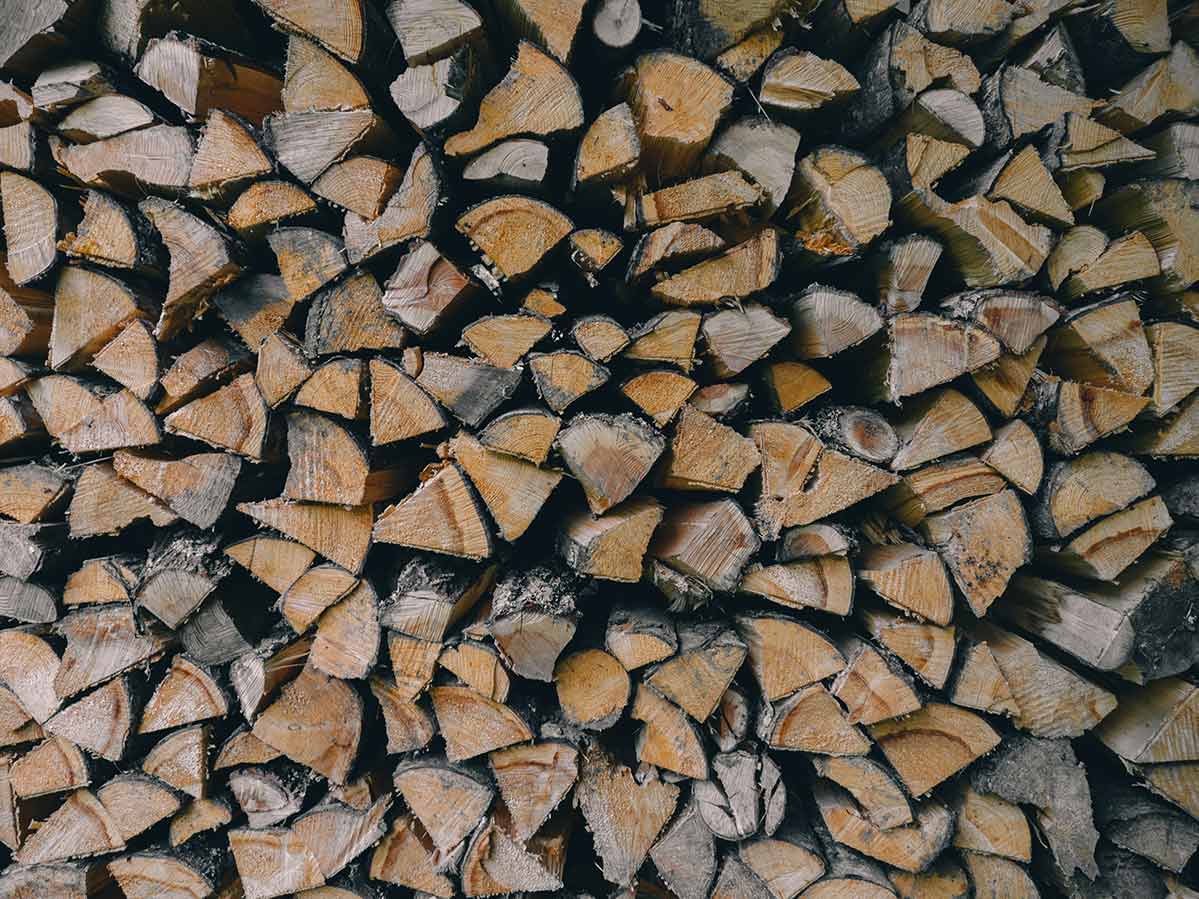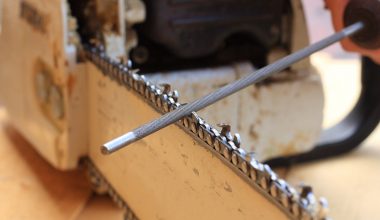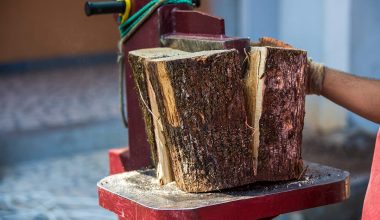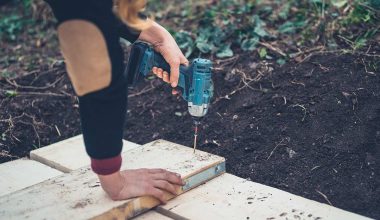So, you just picked up a high-quality log splitter. Now it’s time to put this great piece of machinery to work. In this short post, we’ll go over some of the basics to help you get the most out of your new log splitter.
Clothing
Before you start splitting wood, it’s important to make sure you’re wearing the correct safety equipment. That means a good pair of goggles, steel toe capped boots and a sold pair of work gloves. It’s very easy to pick up a sliver when splitting logs, and you can also easily get shards flying out of the splitter. Better to be safe than sorry!
Set Up The Splitter
Next up, find some firm level ground to put the splitter on. If it’s an electric splitter, you’ll need to be able to reach it with a power cord. For gas splitters, make sure you have the fuel topped off, and if it has wheels, make sure the brake is applied and the wheels are chocked. Give the splitter a quick rock to make sure it’s level and can’t fall over when you put heavy logs on it.
Start The Log Splitter
For a gas splitter, you’re now ready to start the motor. Switch the electrics on, prime the motor, and pull the start cord until the motor fires. Release the choke, and you’re ready to go.
Preparing Your Logs
You should always split logs lengthways along the grain of the wood. If you’re unsure what the grain of the wood is, think of it as the direction the tree grows in – up and down the length of it.
Cut your logs to length using a chainsaw perpendicular to the tree – and make sure you don’t leave them too long to fit in the splitter. Also remove any limbs or branches that could prevent the logs from laying flat.
Split Your Logs
Now you can put each log on the splitter ready for splitting. Lay them flat on the table, and remove any debris. Press the log against the fixed end of the splitter, firmly onto the wedge. Now clear and loose clothing and limbs out the way, and pull the lever on the splitter. You’ll see the moving wedge move towards the log, and exert force, splitting the log.
After the splitter has completed it’s action, release the lever, and cycle the splitter. At this point you can either remove the split parts of the log entirely, or if a remaining piece needs to be split again, but it back on the splitter.
My Splitter Is Making A Funny Noise
If your splitter seems unable to split the log, sometimes it will make a funny whirring noise. This is most common on the electric machines, which stutter if they become overloaded. Release the lever, and remove the log. For some machines, you might need to cycle the power before you can restart them. The splitter shouldn’t be damaged permanently – most modern log splitters have overload circuits to prevent themselves from being damaged.
What To Do When Logs Are Too Large
If you have a log that’s too large for your splitter, you might have to cut it up further with a chainsaw before you can attempt to split it again. You can do this by cutting a thinner disc – so the log is shorter. You should be very careful before cutting a log vertically – because they are unstable when balanced on their end and dangerous to cut with a chainsaw.
Drying Your Wood
Now you’ve split your wood, you can go ahead and season it for burning later. For pine and most other soft woods, you need to leave them to air for about 1 year. Wood should be stored on a wood rack off the ground, so it doesn’t pick up moisture from the earth. You should also cover your wood if possible, to prevent dampness from rain.
Buying a wood drying rack could be a great option to maintain neat and effective wood piles – many options are available to make your life easier.






